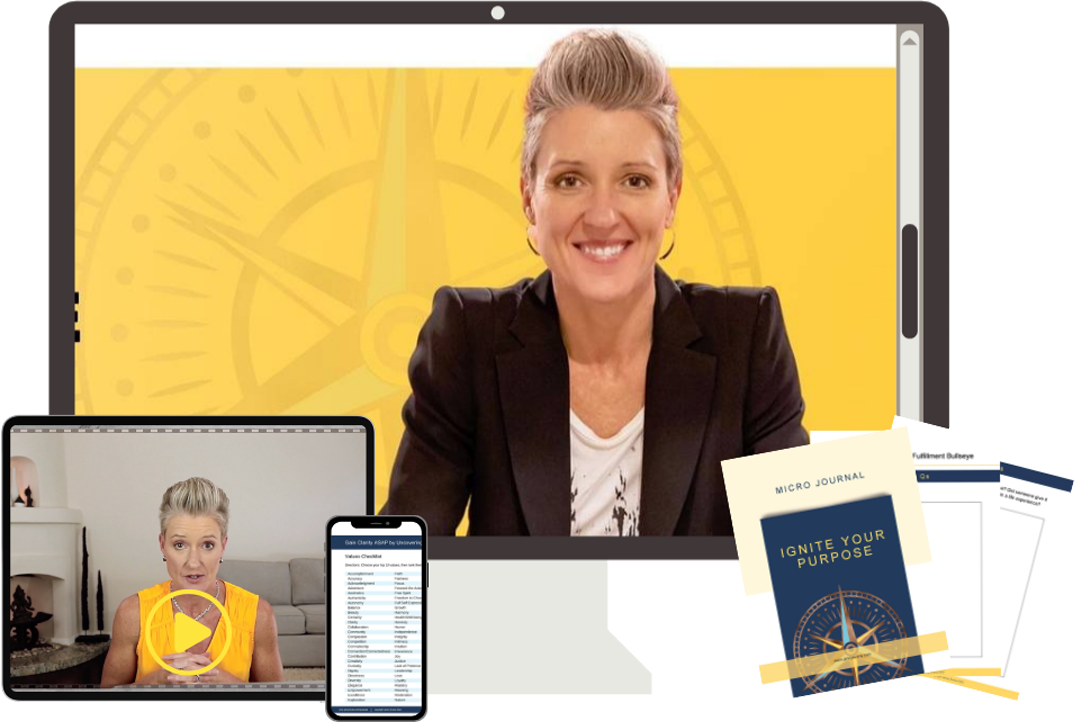Control Your Environment with Optimal Defaults
Aug 11, 2014Many of us don't recognize that our environments unconsciously impact our rate of success or failure in making lasting change. Sneaky Pete is highly influenced by his external environment, and advanced brain doesn’t recognize that fact.
Your advanced brain says you simply have to stop drinking coffee. But then Sneaky Pete spies about a dozen coffee shops on your way to work, including one with a drive-through right next to your building. The conscious goal crumbles, and advanced brain has no idea why you’re suddenly sipping a latte. The only answer it can come up with is that you’re weak. You’re not weak.
Being in an environment full of temptations means we’ll eventually weaken and succumb. No matter how much we want to resist, willpower eventually wears out. But by the same token, when we’re in environments where all our options are conducive to a desired behavior, every choice is the right choice. We use very little of our limited supply of willpower.
[Tweet "When we create environments where all options are conducive to a desired behavior, every choice is the right choice. via #ResiliencyRev http://bit.ly/1qCwehD"]
Creating a default activity, where we don’t have to wrestle with a choice, saves willpower. When we create a default activity aligned with a behavior change we’re trying to make, it’s called an optimal default. Optimal defaults almost guarantee our behaviors and choices support our values and goals, and they happen automatically! For example:
- We will subconsciously—without even realizing what we’re doing—eat 22 percent less when using a smaller ten-inch plate than a larger twelve-inch one.(1) Eat off a smaller plate.
- We will unknowingly pour more liquid into a short, wide glass - up to 30 percent more.(2) Drink from a taller, thinner glass.
- When having a meal, Plate It Out first then keep all serving bowls in one place while you eat in another. If you decide you want to stand up, walk over, and get a little more food, you’ll know it’s because you’re truly not sated—not because Sneaky Pete is on a “see-food diet” with it right in front of him.
- Always take the stairs instead of the escalator or elevator when you've only got to go up or down a few levels.
- On the phone = on your feet. Whenever the phone rings it's your signal to get up and pace while talking.
- Set your phone or computer with a reminder to get up and move or do a few Hit the Deck cards on a regular basis.
- Shop from the perimeter of the grocery store to avoid processed foods.
- Keep a stash of healthy snacks in the car, your briefcase or purse like nuts, nutrition bars, or whole grain crackers.
- Turn off your TV. You'll be more active and skip all the commercials for fast and junk food.
- Join a social group centered around exercise.
What optimal defaults have you implemented to make successful behavior change? We all want to know!
1. Harvard Medical School. Healthbeat Newsletter. Controlling What – and How Much – We Eat. November 8, 2011.
2. Wansink, B. Mindless Eating. 2006. Bantam Books.
Casual Looks in Your 30s
xnxx Pink Harley Davidson Curtains For The Wild Teenage Daughter
10 Micro Strategies to Boost Your Energy & Resilience
Instead of reaching for that candy bar or cup of coffee, here are 10 QUICK & EASY WAYS you can increase your energy and resilience by changing your chemistry and physiology.
Just let me know where you want me to send them.
We hate SPAM. We will never sell your information, for any reason.


